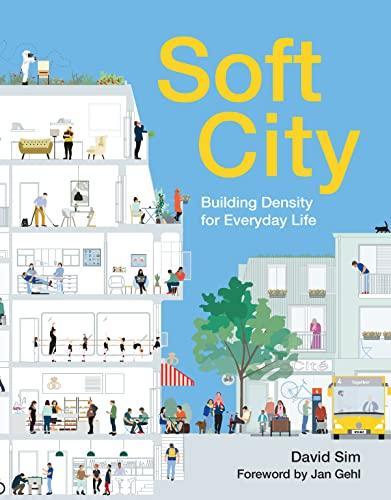Soften cities to make urban living less harsh
5 stars
David Sim has managed to compile a manifesto on how livable cities ought to be designed. One of his main arguments is to soften the harsh form of built-up density by explicitly designing for as many exposures as possible. Exposing people to their fellow neighbours, be that the immediate neighbours living under the same roof, or further out in the same block or neighbourhood. And exposure to people’s immediate natural surroundings, be that potted plants or small gardens, parks, or even the weather and climate.
Over the past handful of years, I found an interest in urbanism, movement, and transit, especially from the angle of bikeable cities. This book was a great opportunity to take this interest to the next level and in addition to streets think about how buildings, their preferably mixed and flexible use, and ultimately blocks and neighbourhoods contribute to the quality of urban life. Walkability is in fact one of the most important factors given that almost every activity starts with walking. From dropping your household trash, and going to your local café, to even just the path between getting your bicycle and cycling off on a bike lane.

